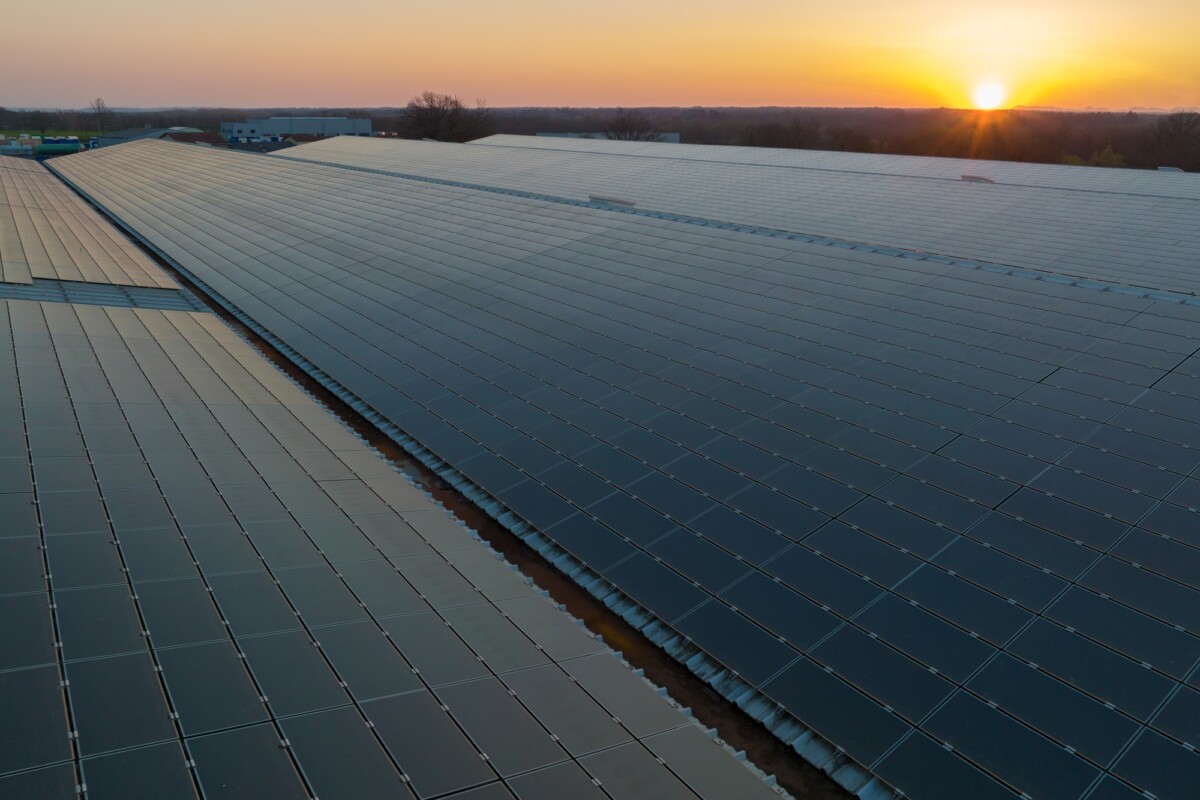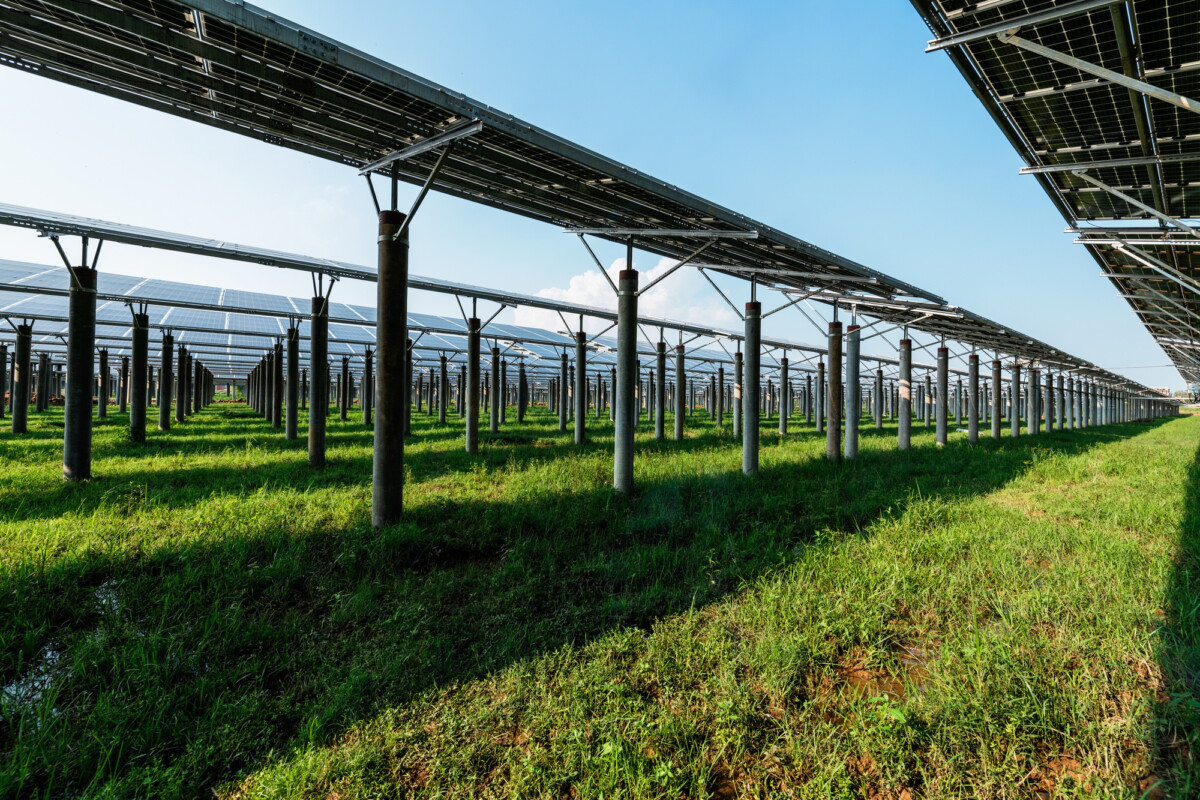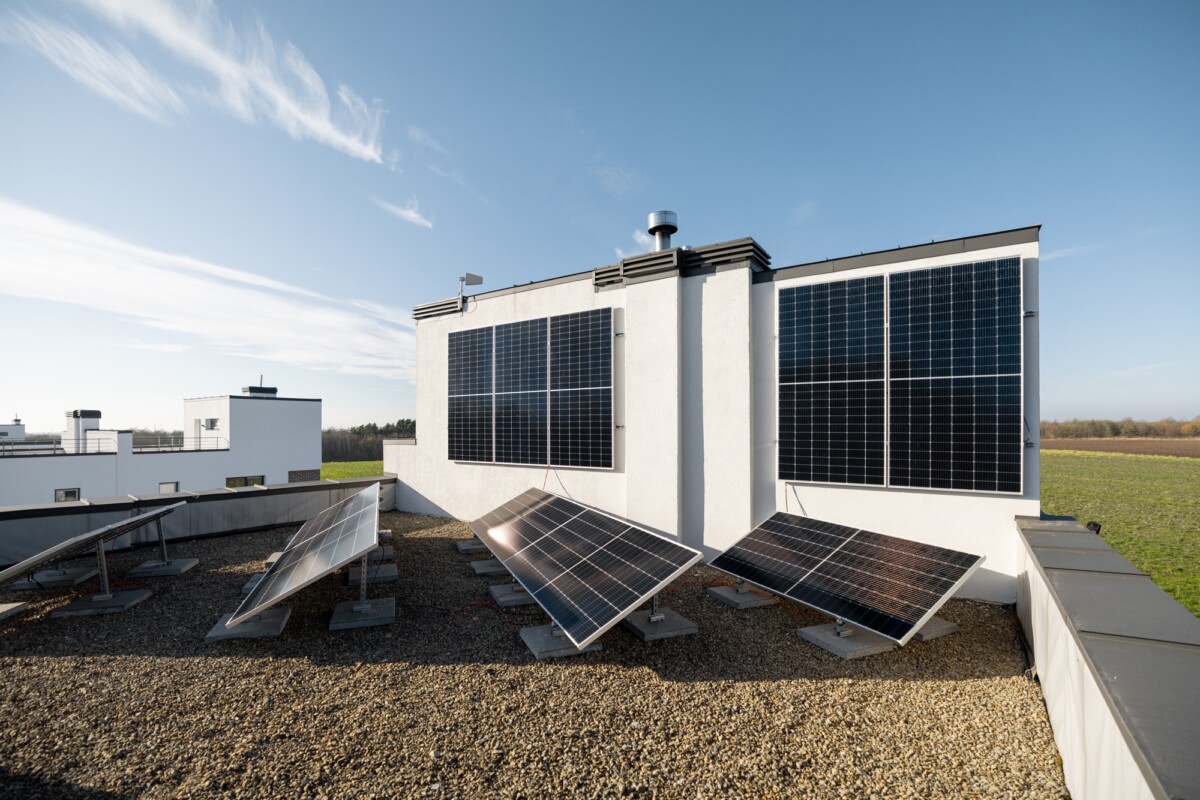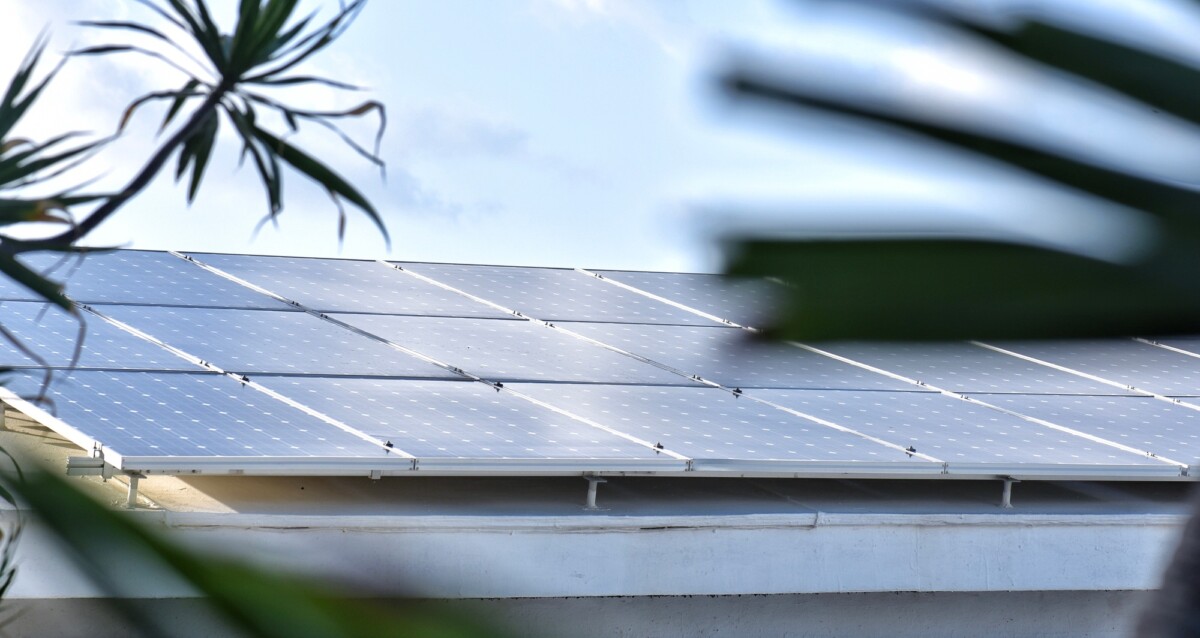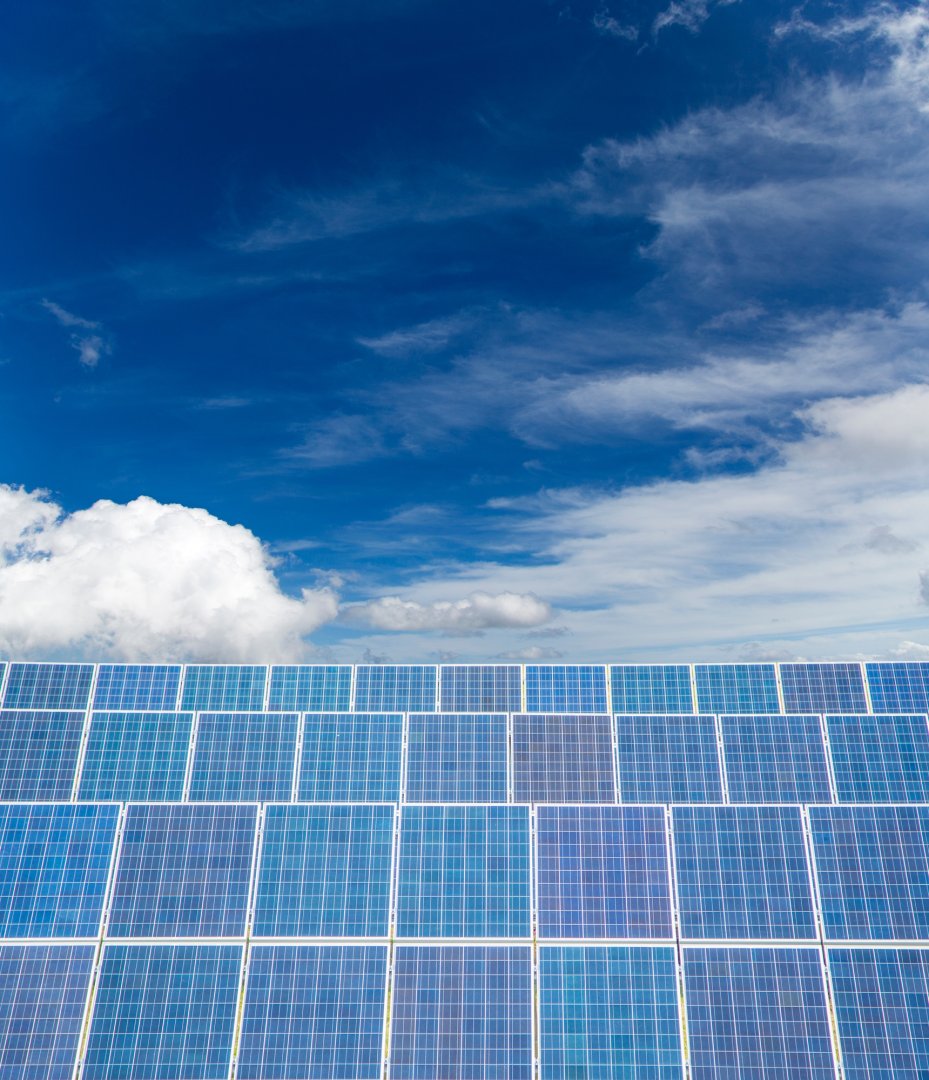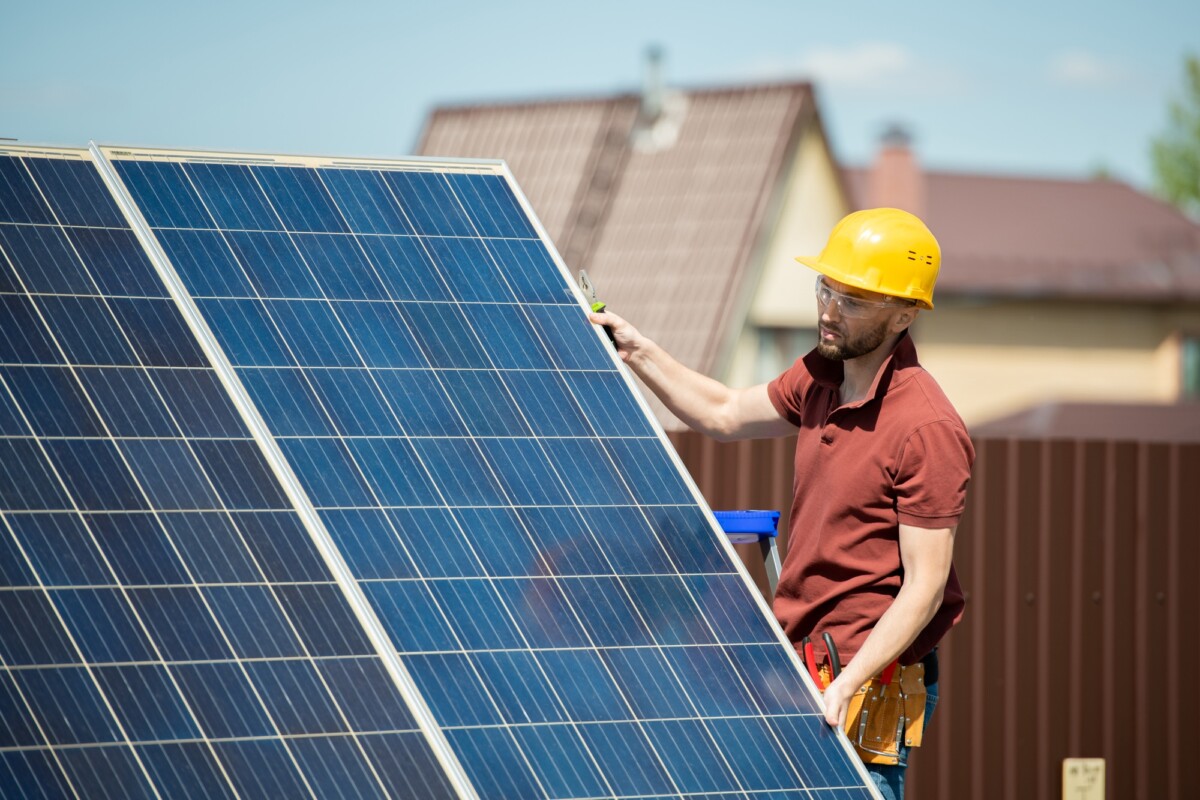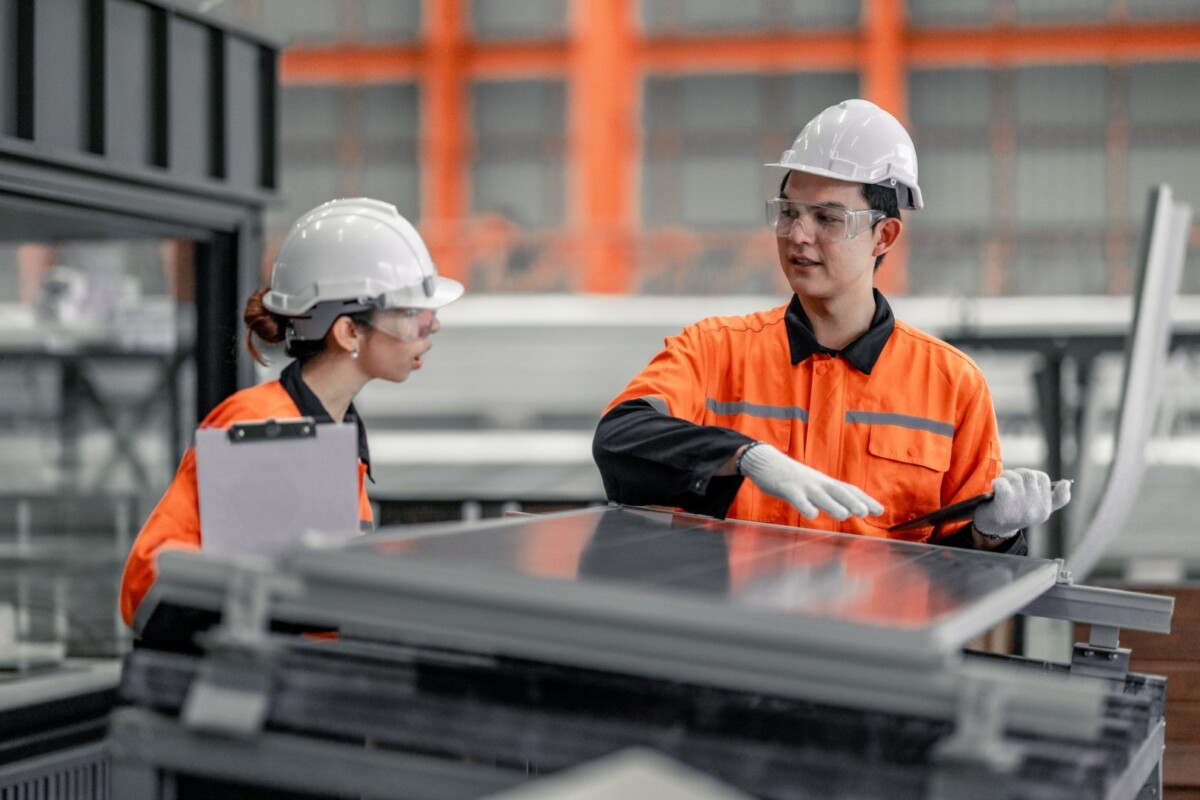Solar racking is the backbone of any successful solar panel installation. Whether you’re powering your home, a commercial building, or a solar farm, the right solar racking system ensures your panels stay secure, optimally positioned, and productive for decades. While solar panels often get all the attention, racking is just as critical—it determines your system’s efficiency, lifespan, and safety.
This in-depth guide covers everything you need to know about solar racking in 2025: types of racking systems, installation styles, material comparisons, cost breakdowns, and maintenance tips. Whether you’re a DIY enthusiast, a contractor, or a homeowner doing research, this article will give you the full picture.
What is Solar Racking?
Solar racking, also known as mounting systems, refers to the structural framework that holds solar panels in place. It ensures the panels are securely affixed to a surface—whether a rooftop, the ground, or a pole—and angled to capture the maximum amount of sunlight.
Without quality racking, solar panels are susceptible to wind, water intrusion, and poor energy output due to suboptimal orientation.
A standard solar racking system includes:
-
Rails or mounts for panel attachment
-
Clamps to secure panels to the structure
-
Tilt legs or brackets to adjust panel angles
-
Flashing for roof penetrations to prevent leaks
-
Grounding hardware to ensure electrical safety
Why Solar Racking Matters
Even the most efficient solar panels can underperform if mounted incorrectly. Solar racking systems:
-
Maximize energy production by ensuring ideal tilt and orientation
-
Protect your investment from storms and seismic activity
-
Extend panel lifespan through stability and airflow
-
Enable scalability, especially in ground-mounted solar farms
-
Ensure compliance with local building codes and wind load requirements
Whether you’re working with a sloped roof, flat roof, or open land, choosing the right racking system is essential for long-term performance.
Types of Solar Racking Systems
There are several configurations based on the installation site and intended application:
| Type | Best For | Description |
|---|---|---|
| Roof-Mounted | Residential & Commercial | Panels installed on pitched or flat roofs |
| Ground-Mounted | Rural or open land | Installed at ground level, flexible orientation options |
| Pole-Mounted | Small or off-grid sites | Panels attached to a single pole with manual or automatic tilt |
| Ballasted Systems | Flat roofs | Weighted racking that doesn’t penetrate roofing surface |
| Tracking Systems | Utility-scale solar | Panels follow the sun’s movement for increased efficiency |

Ready to make the switch? Discover how solar power can lower your bills and boost your home’s efficiency. Get a Free Solar Estimate at FREE SOLAR POWER QUOTES
Let’s explore each in more detail.
1. Roof-Mounted Racking Systems
These are the most common for residential use. Roof racking is divided into:
-
Pitched Roof Systems: Use rails and flashing to secure panels parallel to the roof surface. Best for homes with sloped roofs.
-
Flat Roof Systems: Often use tilt brackets or ballasts to angle panels optimally without penetrating the roof membrane.
Roof-mounted systems are cost-effective but require strong roofing materials and professional installation to avoid water leaks or damage.
2. Ground-Mounted Systems
Ideal for properties with large, open spaces. Panels are mounted on metal frames anchored in the ground.
Benefits:
-
Adjustable tilt and orientation for max output
-
Easier to clean and maintain
-
Room for future expansion
However, these systems require more upfront space and permitting.
3. Pole-Mounted Systems
Perfect for small-scale or off-grid setups, pole-mounted racking uses a central pole to support multiple panels.
Types:
-
Top-of-Pole Mounts: Panels installed on a fixed rack at the top
-
Side-of-Pole Mounts: Panels secured to the side, suitable for fewer panels
Some come with manual tilt adjustment or tracking motors for increased solar gain.
4. Ballasted Racking Systems
Used primarily on commercial flat roofs. Rather than penetrating the surface, these systems are weighed down using concrete blocks or similar ballast.
Advantages:
-
Fast installation
-
No roof penetrations
-
Ideal for leased buildings
The downside is extra weight, so structural assessment is essential.
5. Tracking Systems
Advanced ground-mounted systems that move with the sun, either on a single axis (east to west) or dual axis (east-west and north-south).
| Tracking Type | Efficiency Boost | Best For | Cost Range |
|---|---|---|---|
| Single-Axis | 20–25% | Large farms, solar fields | $$$$ |
| Dual-Axis | 35–40% | High-output sites | $$$$$ |
Tracking systems deliver the most energy but also involve higher costs and maintenance.
Common Materials Used in Solar Racking
The strength and longevity of your solar racking depend on the materials used:
| Material | Durability | Corrosion Resistance | Common Use Cases |
|---|---|---|---|
| Aluminum | High | Excellent | Roof and ground systems |
| Galvanized Steel | Very High | Moderate to High | Ground and pole-mounted systems |
| Stainless Steel | Highest | Excellent | Harsh environments (coastal) |
| Composite/Plastic | Moderate | Varies | Niche or mobile systems |
Aluminum is most commonly used due to its lightweight and rustproof nature, though steel offers greater strength for large-scale installations.
Installation Considerations
Installing a solar racking system isn’t just about screwing in some brackets—it requires precision planning:
-
Structural analysis: Roof or ground must support the racking and panel load
-
Wind and snow load compliance: Systems should meet local building codes
-
Orientation and tilt: South-facing panels at a 25–40° tilt typically produce the best output in the U.S.
-
Shading: Avoid trees, chimneys, or structures that block sunlight
-
Grounding and bonding: Ensures safety from electrical faults
DIY-friendly kits are available for small systems, but professional installation is strongly advised for rooftops or commercial-scale projects.
Cost of Solar Racking Systems
The cost of racking varies based on type, size, and materials. Here’s a breakdown:
| Racking Type | Cost per Watt | Average System Cost (6 kW) |
|---|---|---|
| Roof-Mounted | $0.10 – $0.25 | $600 – $1,500 |
| Ground-Mounted | $0.25 – $0.50 | $1,500 – $3,000 |
| Pole-Mounted | $0.50 – $1.00 | $2,000 – $4,000 |
| Ballasted System | $0.20 – $0.40 | $1,200 – $2,400 |
| Tracking System | $0.75 – $1.25+ | $4,500 – $7,500+ |
Racking typically makes up 10–15% of the total system cost.
Top Solar Racking Brands (2025)
-
IronRidge – Known for robust roof and ground systems
-
Unirac – Offers a wide range of residential and commercial options
-
SnapNrack – Simple installation with modular components
-
Schletter – High-performance racking for utility-scale solar
-
Quick Mount PV – Specializes in leak-proof roof mounts
Always ensure that your racking system is UL 2703 certified for safety and compatibility.
Maintenance Tips for Solar Racking
-
Visual inspection every 6–12 months
-
Check fasteners and bolts for tightness
-
Look for corrosion or rust, especially on steel systems
-
Ensure water drainage around ground mounts
-
Clean debris around mounting legs and flashing
Proper maintenance extends the life of your racking system and prevents structural issues.
FAQs About Solar Racking
1. Can I install solar racking myself?
Yes, DIY solar racking kits are available and great for ground or small roof systems. However, complex roof installations and tracking systems should be handled by professionals.
2. How long does solar racking last?
Most racking systems last 25–30 years, often matching or exceeding the lifespan of your solar panels.
3. Is roof penetration required for solar racking?
Not always. Ballasted systems for flat roofs avoid drilling, while sloped roofs require flashing and sealing for safe attachment.
4. What’s the best angle for racking installation?
Typically, the angle should equal your latitude for optimal year-round solar exposure. Adjustable systems allow seasonal tilt changes.
5. Does racking work with all solar panels?
Most racking systems are universal and can accommodate all standard 60-cell or 72-cell panels. Always check compatibility before purchasing.
Join the solar movement today! Thousands are already saving—claim your free consultation to get started. Schedule Your Free Consultation at FREE SOLAR POWER QUOTES
Interested in more options? Take a look at SOLAR ENERGY for tailored solar solutions that suit your home!





